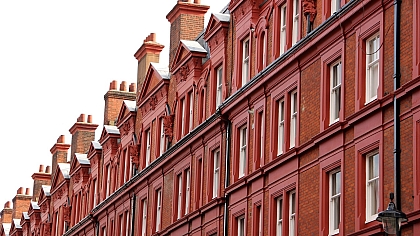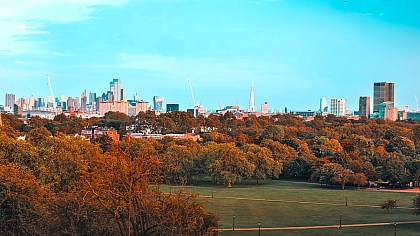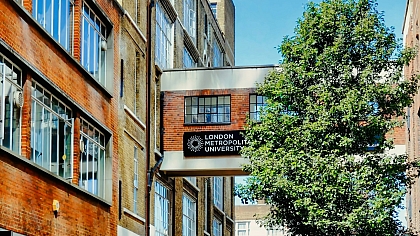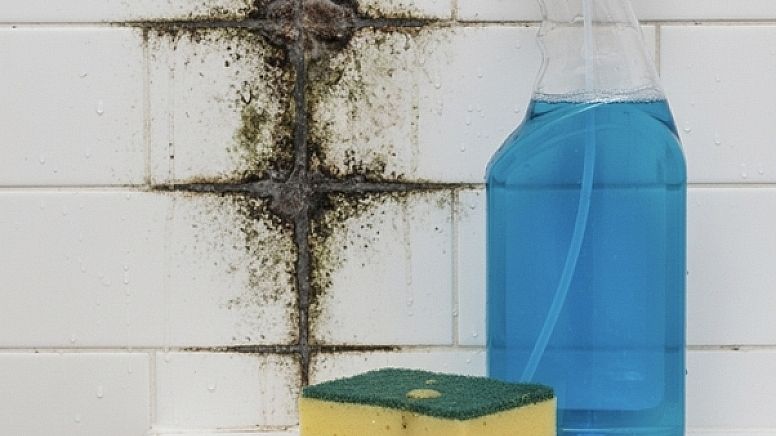
London Bathrooms:Overnight Solution for Removing Grout Mould
Homeowners experience extreme frustration when they discover black mould growth in the tile grout spaces. The presence of grout mould throughout bathrooms, kitchens, and radiator areas makes every cleaning effort fail to produce a clean appearance.
The good news? The removal of grout mould requires no costly cleaning solutions and no exhausting scrubbing sessions. According to cleaning experts at hotradiators.com, a simple yet effective technique can eliminate grout mould overnight. This method not only addresses grout mould but also provides a practical solution to radiator condensation, highlighting the connection between the two and offering clear strategies for control.
Living in London means dealing with a unique mix of damp weather, compact bathrooms, and older homes that often lack proper ventilation—all of which make grout mould a familiar frustration for many households. With city flats frequently relying on radiators for heating and having limited window space, condensation becomes almost unavoidable, especially during colder months. That’s why finding a quick, low-cost solution that works overnight feels like a lifesaver for Londoners who want to wake up to a fresher, cleaner bathroom without the stress of endless scrubbing.
Understanding the Initial Formation of Grout Mould
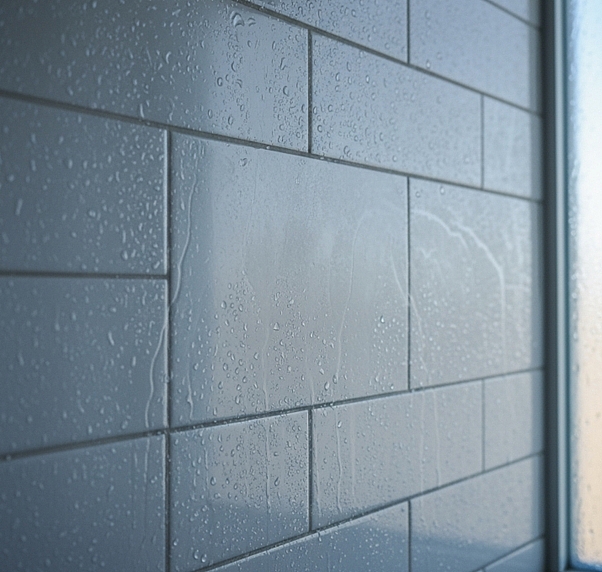
The solution requires knowledge about the factors that lead to grout mould development.
The combination of moisture and high humidity makes bathrooms and kitchens prone to mould growth. The combination of warm air and cold surfaces produces condensation, creating an ideal environment for mould to thrive.
The absence of proper ventilation creates an ideal environment for mould growth.
Bathrooms without windows and kitchens without extractor fans create perfect conditions for mould because they lack adequate airflow. Radiators create fast air drying, but their operation between hot and cold temperatures leads to wall and tile condensation. The area behind radiators and their surrounding space tends to accumulate condensation because of insufficient air movement.
The presence of dampness and difficult cleaning access does not mean you must keep grout mould.
The Overnight Solution That Works
Experts in cleaning recommend using an inexpensive and straightforward method to treat grout and let it work overnight. The method stands out because it eliminates the need for prolonged scrubbing and repeated applications.
Step-by-Step Guide
- Start by cleaning the surface with a damp cloth to remove any loose dirt and soap scum.
- A standard household cleaner serves the purpose without requiring expensive specialist cleaning solutions. Apply the solution liberally across the grout lines.
- The solution needs an entire night to work its magic. It needs time to dissolve the mould, so let it sit without disturbance.
- In the morning, remove the remaining solution, which reveals clean and mould-free grout.
When using cleaning products, always protect your hands with gloves and maintain proper ventilation in the room.
The method stands out because it delivers fast results while requiring minimal effort. The solution performs all the difficult work while you rest during your sleep.
Radiators and Their Role in Making the Problem Worse
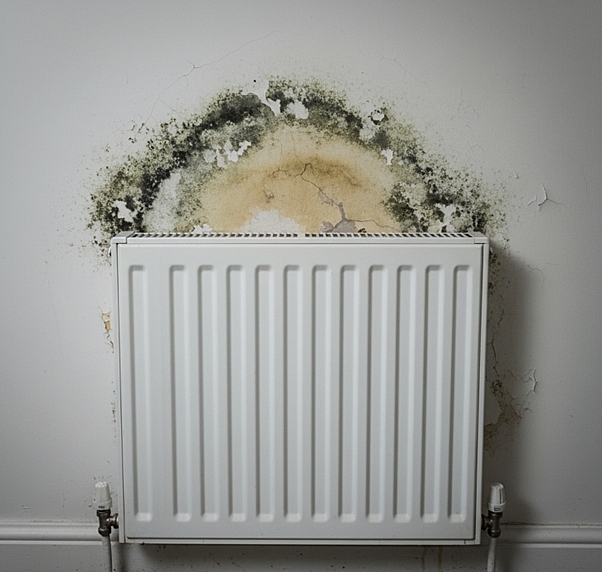
Radiators appear to have no connection with grout mould at first sight. However, the two elements share their origin in moisture and condensation, which creates their connection.
How Radiators Contribute to Mould Growth
- The process of heating through radiators leads to condensation, which promotes mould development.
- Radiator operation produces heat that causes rapid room warming. When hot air meets cold surfaces on tiles and windows, condensation forms. This condensation accumulates in grout lines, creating an environment for mould growth.
- Dust accumulation on radiators becomes worse when people fail to clean behind them. The mould spores that exist in dust particles will spread throughout the entire room once they become airborne.
- The wall section that faces radiators remains out of sight for most people. The warm environment allows damp air to stay trapped, which leads to hidden mould growth.
Expert-Approved Radiator Maintenance Methods
Your radiators require additional maintenance to enhance indoor air quality and stop mould from returning to your grout areas.
The following expert-approved methods will help you stop mould from forming on your radiators, which will also protect your grout from mould growth:
- Dust radiators once per week using a brush or vacuum attachment to reach all areas, including difficult spots.
- Inspect radiator areas behind them at least once per year by moving radiators forward or using an extended duster.
The cleaning solution works overnight to remove stubborn grout mould while maintaining your grout in excellent condition. Regular radiator maintenance combined with preventive actions will minimise the return of mould growth.
Your knowledge of radiator moisture accumulation enables you to prevent mould growth in your home. A cleaner home exists only one night away from your current situation.


